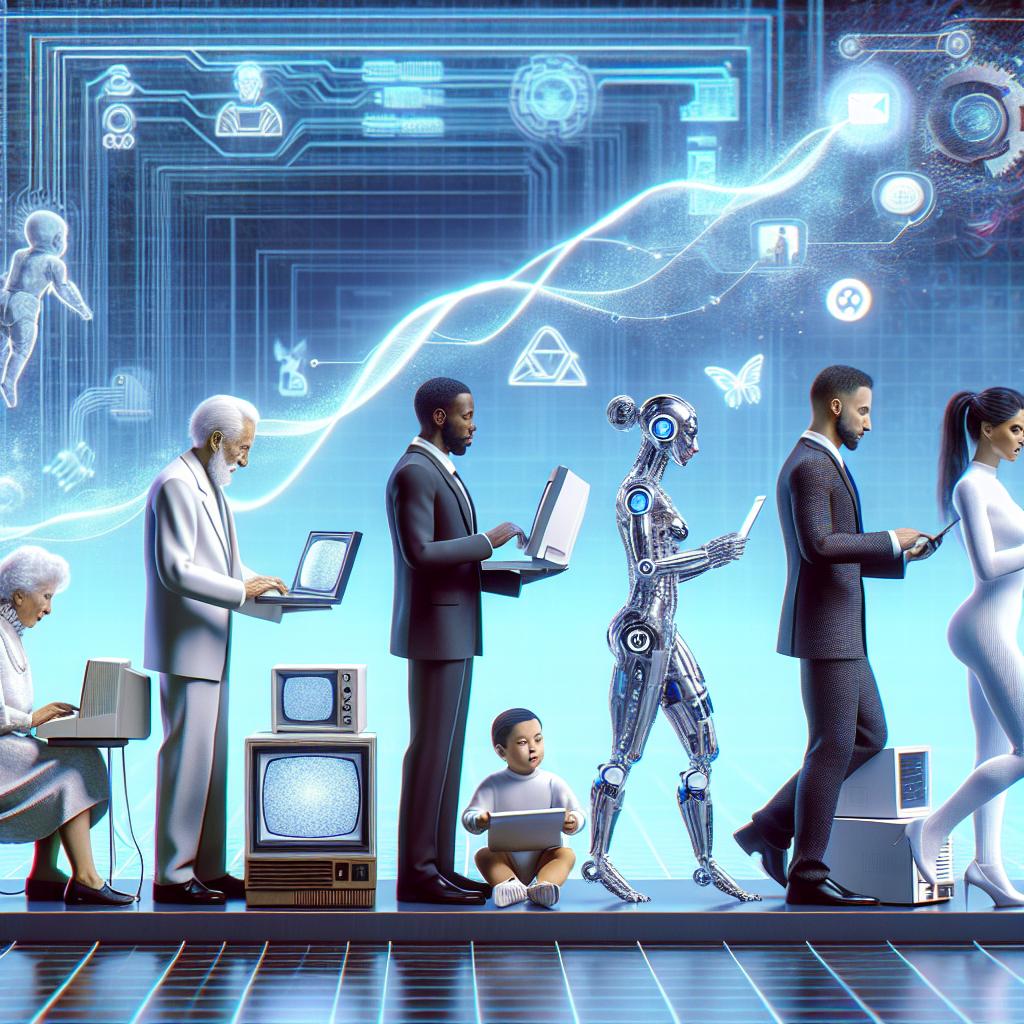Generational Marketing: The End of an Era in Modern Marketing
As we stroll through the bustling streets of San Francisco, it’s hard to ignore the vibrant tapestry of people interacting with each other and their surroundings. With a myriad of age groups coexisting harmoniously, it’s time to acknowledge a major shift happening in the world of marketing. You might have heard the phrase “generational marketing” floating around, but believe it or not, this approach is becoming rather obsolete.
Understanding Generational Labels
Traditionally, marketers have relied on the idea that people born within certain timeframes—like Baby Boomers, Gen X, Millennials, and Gen Z—share similar traits and behaviors. The logic seemed simple: after all, if someone grew up during the same period, they probably have overlapping experiences. However, this has turned out to be a misguided oversimplification. Generational labels are not scientific. They were more of a convenient social shorthand rather than a reflection of genuine human complexity.
Even respected research institutions have begun to step away from these labels. Why? Because they can perpetuate stereotypes that do more harm than good. For instance, thinking all Baby Boomers are fearful of technology or that Gen Zers are only into short, quick content can trap marketers in a narrow mindset, making them miss out on many of the nuances that connect with real audiences.
A New Era of Algorithms
In today’s world, algorithms have made it easier than ever to share content and reach a wide audience. A fun video might be enjoyed equally by a 20-year-old and a 52-year-old, regardless of age. Platforms like TikTok, Instagram, and YouTube focus on individual behaviors rather than age groups. That means content can spread seamlessly across generations, creating shared experiences among audiences that marketers may have previously thought were distinct.
Take TikTok’s For You Page, for example. A trendy ’90s throwback might resonate with both Gen X who lived it and Gen Z who are just discovering it. The exciting part? Trends don’t just stay confined to younger users; they spread beyond, capturing all ages in their web. When a teenager uses a popular sound or meme, it often echoes into the parental age brackets, effortlessly blending cultural moments across generational lines.
The Challenge Marketers Face
So, what should marketers do instead? Relying on traditional generational segments can lead to dangerous oversimplifications. Instead, marketers need to take a fresh look at who their audiences are by employing actual data and insights to understand them better.
Exploring New Strategies
One useful approach is influence mapping. Younger consumers tend to be cultural trendsetters—they influence people far beyond their immediate age groups. By identifying these key influencers, brands can insert themselves into the conversation early on, making sure they’re not just following trends but helping to shape them from the inside out.
Another strategy is cultural segmentation. This involves focusing on shared cultural touchpoints that resonate with people of all ages. Take the obsession with K-pop or the bond many share over treating pets like family. Such trends can connect individuals regardless of their generation, offering brands a chance to tap into a universal appeal.
Bridging Generational Gaps with Moments
Instead of solely concentrating on age, it’s beneficial to form connections through cross-aged moments. Think about the shared love of nostalgia or the rise in multigenerational households. Events that touch everyone create opportunities for brands to engage in a genuine and inclusive manner, reflecting the realities of the world we live in.
Conclusion: Embracing the Change
The landscape of our society is rapidly evolving, and so are the expectations of today’s consumers. They seek relevance, authenticity, and connection—qualities that today’s brands must embrace. It’s time to recognize that generational marketing has had its day. The brands ready to move beyond outdated strategies and into this new, interconnected world will be the ones to thrive.







